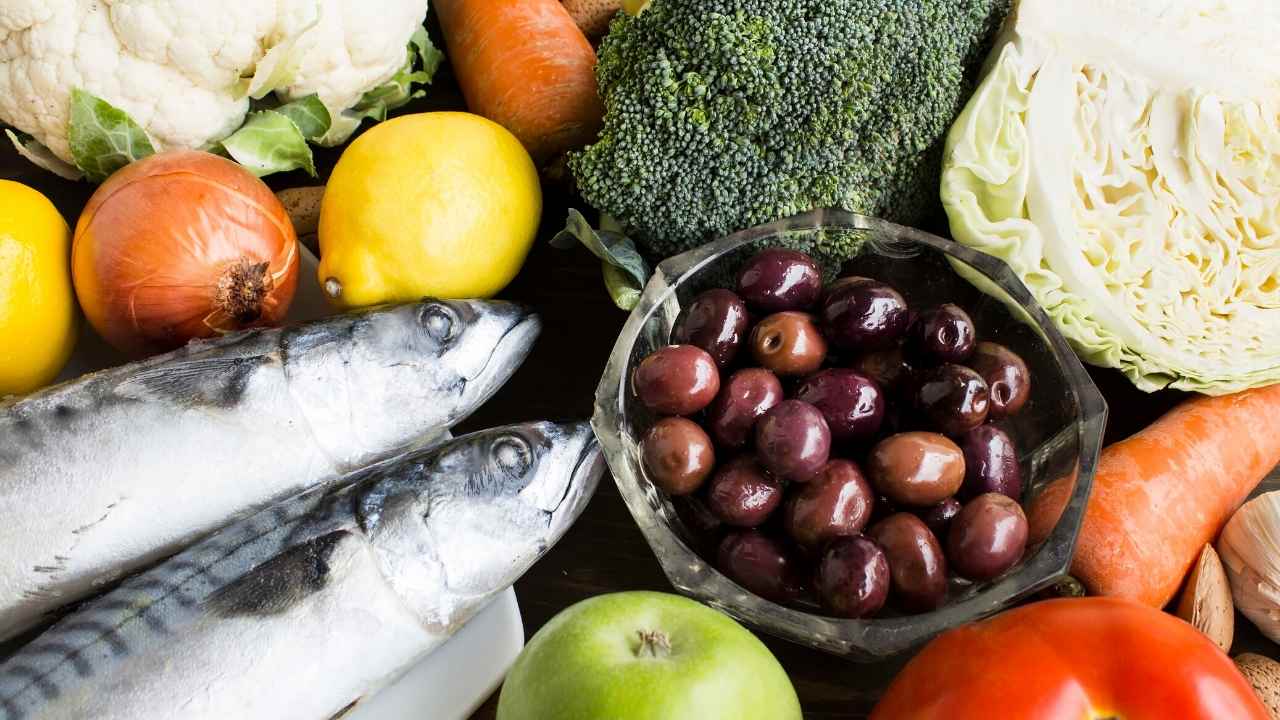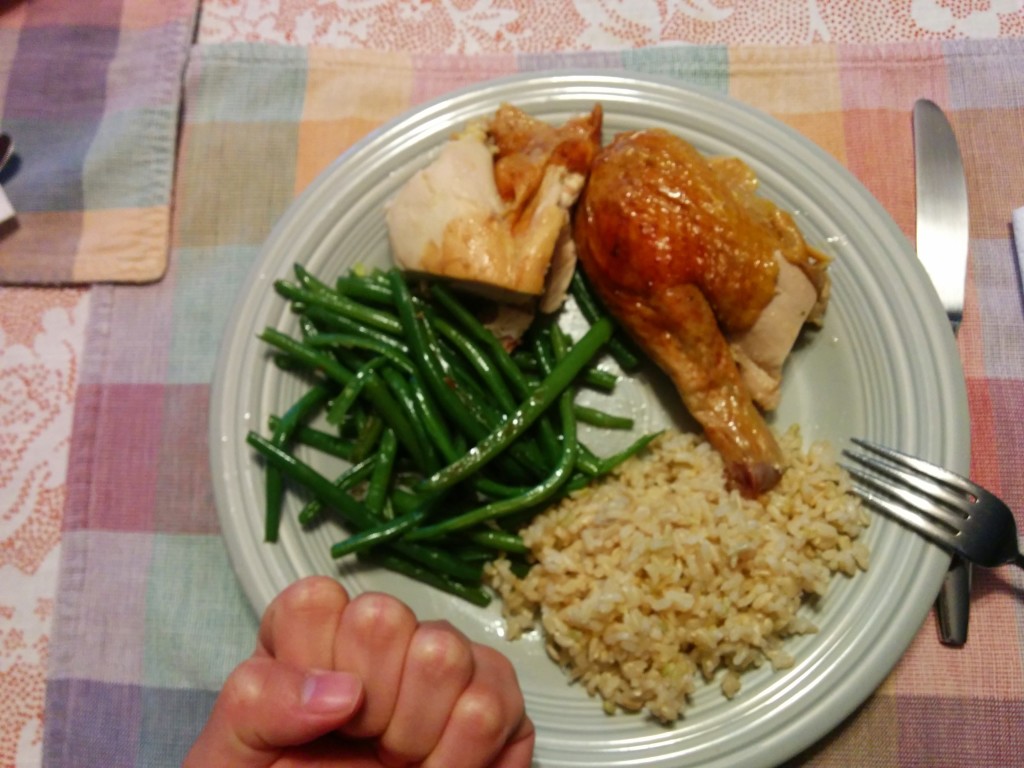
Middle school students should be exposed to a nutrition curriculum. These materials are meant to help you make healthier food choices. The Nutrition Facts Label is the foundation of the nutrition curriculum. It features fun, hands-on activities to teach nutrition concepts like calories, serving size, and nutrients. It is intended for teachers of all grades and emphasizes an inquiry-based approach. It is in line with educational standards. It is important for parents to choose a middle school nutrition curriculum that meets their child's needs and interests.
This curriculum for middle school nutrition teaches students the importance of healthy food choices. Many of the materials are pre-packaged and can be easily customized to fit the needs of elementary schools. You can also find some resources on the Internet that you may use in your classroom. You should note, however, that these resources cannot be downloaded directly from WeTeachNYC. Instead, they are linked to another website. These resources can be used in middle school, but some are best suited for specific situations.

Despite the lack of scientific evidence, most school-based nutrition interventions provide professional development for teachers. These sessions are attended by a large number of people, yet implementation rates vary from 30% to 90%. One study found that teachers with more enthusiasm were better able to implement the behaviorally based nutrition curriculum. Researchers suggested that this may have contributed in part to the non-significant results. It is crucial to ensure middle school nutrition curriculums meet students' needs.
In order to have a healthy middle school curriculum, there will be special events, such as assemblies and appearances by guest speakers. In a recent survey, nearly three-quarters of schools cited these activities as part of their middle school nutrition education. Sixty-seven% of schools hosted a fair for health and fifty percent used assemblies. This is an excellent resource for teachers looking to reach a wide audience.
The curriculum should reflect a healthy lifestyle. The nutrition curriculum should be integrated into other academic subjects. School should have a student's daily routine and eating habits. It should be an integral part of the middle school curriculum. It should be incorporated into the school's daily life. Teacher should integrate nutrition education into every day of the middle school's curriculum. It is an integral part of the health and wellness education.

Implementing middle school nutrition programs can be challenging. It can be tedious and time-consuming to ensure that all students are getting the correct information. Most public schools do not have a central coordinator for nutrition education. Instead, teachers are responsible to implement their lessons. It is up to the teachers to know the differences between a good and bad nutrition lesson. They should be aware of the importance and ways to incorporate different foods into their meals.
FAQ
Is cold a sign of a weak immune response?
Being cold gives you a weaker immune system because when you are cold, your body produces less white blood cells which fight infections. However, being cold also makes you feel better because your body releases endorphins into your brain which reduce pain.
What is the difference between calories and kilocalories in food?
Calories measure the energy content of food. Calories are a unit of measurement. One calorie equals one degree Celsius of energy to raise water temperature by 1 gram.
Kilocalories refer to calories in another term. Kilocalories can be measured in thousandsths of one calorie. For example, 1000 calories equals one kilocalorie.
How can I lower my blood pressure
It is important to first understand what high blood pressure is. You must then take steps towards reducing the problem. This could include eating less salt, losing weight if necessary, taking medication, etc.
You also need to make sure you are getting enough exercise. You can also walk if you don’t have the time.
You should join a gym if you are unhappy with your exercise routine. You will probably join a gym where you can meet other people with similar goals. You will find it easier to keep to a workout schedule if you have someone to watch you at the gym.
Do I have to count calories?
You might wonder, "What's the best diet for me?" or "is counting calories necessary?" This depends on your health and lifestyle.
The Best Diet For Me: Which One Is Right?
My current health, my personal goals and lifestyle will determine the best diet for me. There are many good and bad diets. Some work well for certain people while others don't. What should I do? What can I do to make the right decision?
These are the questions that this article attempts to answer. It begins by briefly describing the various diets available today. Then, the pros and cons of each type of diet are discussed. Finally, we'll discuss which one is best.
Let's begin by briefly reviewing the different types and diets.
Diet Types
There are three types of diets available: ketogenic, high-protein, and low fat. Let's discuss them briefly below.
Low Fat Diets
A low-fat diet restricts fat intake. This is achieved through reducing intakes of saturated fats (butter and cream cheese, for example). You can replace them with unsaturated oils (olive oil and avocados) People who are looking to lose weight quickly and easily will benefit from a low-fat diet. This type of diet can lead to constipation and heartburn as well as indigestion. Vitamin deficiencies can also occur if the person doesn't get enough vitamins through their diet.
High Protein Diets
High protein diets restrict carbohydrates in favor of proteins. These diets typically have more protein than other diets. These diets are meant to increase muscle mass, and burn more calories. Unfortunately, they can't provide adequate nutrition for those who eat regularly. They are also very restrictive, so they might not be appropriate for everyone.
Ketogenic Diets
Ketogenic diets also go by the name keto diets. They are high in fat, moderately high in protein and low in carbohydrates. These foods are popular among athletes and bodybuilders as they allow them to train harder, longer and without becoming tired. But, they require strict adherence to avoid negative side effects like nausea, headaches, and fatigue.
Why do we need to have a healthy lifestyle?
Living a healthy lifestyle can help you live longer and more happy lives. A healthy diet, regular exercise, good sleep habits, and stress management will help prevent diseases like heart disease, diabetes, cancer, and stroke.
A healthy lifestyle can also help improve mental health and make it easier to deal with daily stressors. A healthy lifestyle will help us feel more confident and younger.
Statistics
- WHO recommends reducing saturated fats to less than 10% of total energy intake; reducing trans-fats to less than 1% of total energy intake; and replacing both saturated fats and trans-fats to unsaturated fats. (who.int)
- The Dietary Guidelines for Americans recommend keeping added sugar intake below 10% of your daily calorie intake, while the World Health Organization recommends slashing added sugars to 5% or less of your daily calories for optimal health (59Trusted (healthline.com)
- nutrients.[17]X Research sourceWhole grains to try include: 100% whole wheat pasta and bread, brown rice, whole grain oats, farro, millet, quinoa, and barley. (wikihow.com)
- Extra virgin olive oil may benefit heart health, as people who consume it have a lower risk for dying from heart attacks and strokes according to some evidence (57Trusted Source (healthline.com)
External Links
How To
How to keep yourself motivated to exercise and eat well
Motivation tips for staying healthy
Motivational Tips to Stay Healthy
-
Make a list with your goals
-
Realistic goals
-
Be consistent
-
When you reach your goal, reward yourself
-
Do not give up even if you fail your first attempt.
-
Have fun